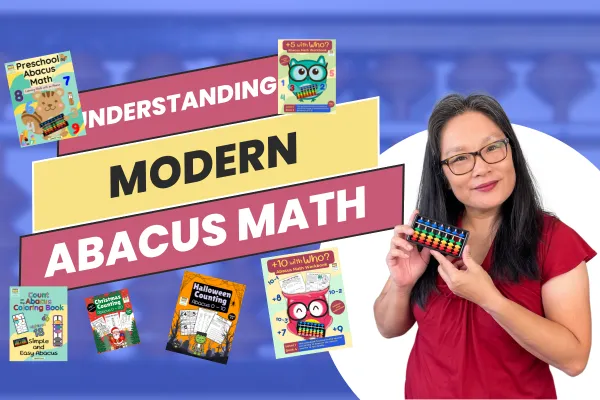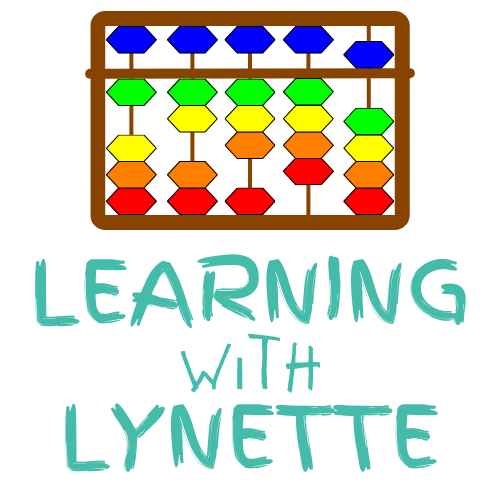
Intro to Abacus Math: A Complete Guide for Parents & Teachers | Making Math Fun With An Abacus
The Basics of Abacus
The abacus is more than just a counting tool – it's a visual and tactile way to understand numbers and mathematical operations. There are two main types:
The Japanese Soroban (1 bead on top, 4 beads on bottom)
The Chinese Abacus (2 beads on top, 5 beads on bottom)
Most modern teaching uses the Soroban style, as it's less redundant and more straightforward for learning.
You can watch this explanation here on youtube.
Building Blocks vs. Traditional Methods
The Five Frame and Ten Frame Concept
One of the most powerful aspects of abacus learning is how it builds upon concepts taught in traditional education while taking them further. For example:
Traditional education teaches number bonds (like 3+2=5 or 7+3=10)
Abacus learning uses these as building blocks for more complex operations
Students learn to manipulate these relationships dynamically
Beyond Simple Addition
What makes abacus unique is how it takes basic concepts to the next level. Instead of just memorizing doubles (like 3+3 or 4+4), students learn flexible strategies:
Using the five bead for efficient counting
Understanding place value naturally
Developing mental math capabilities
The Analytical Advantage
One often-overlooked benefit of abacus learning is the development of analytical thinking. Students learn to:
Assess whether they can perform an operation directly
Consider alternative approaches when direct methods aren't possible
Break down complex problems into manageable steps
Integration with School Mathematics
The abacus isn't meant to replace traditional math education – it's a powerful supplement. Students should:
Continue showing their work in traditional formats
Use the abacus as a tool for understanding and verification
Apply abacus concepts to enhance mental math abilities
Progressive Learning Approach
The key to successful abacus education is a systematic, progressive approach:
Start with basic number recognition and counting
Progress to addition and subtraction using five and ten frames
Move on to multiplication and division
Eventually develop mental math capabilities
Making Abacus Learning Engaging
Modern abacus education can be made more engaging through:
Colorful, student-friendly abacuses
Worksheets that incorporate stories and puzzles
Regular practice sessions of 10-15 minutes daily
Connecting concepts to real-world applications
The Long-Term Benefits
Students who master the abacus often develop:
Strong number sense
Quick mental calculation abilities
Enhanced pattern recognition
Improved problem-solving skills
Better analytical thinking capabilities
Conclusion
The abacus is more than just an ancient calculating tool – it's a bridge between concrete and abstract mathematical thinking. When integrated properly with modern education, it provides students with a strong foundation in mathematics and develops critical thinking skills that extend far beyond basic calculations.
The key is patience and consistent practice. Like any skill, mastery takes time, but the results can be remarkable. Whether you're a parent, teacher, or student, considering the abacus as a supplementary tool for mathematical learning could open up new pathways to understanding and enjoying mathematics.

